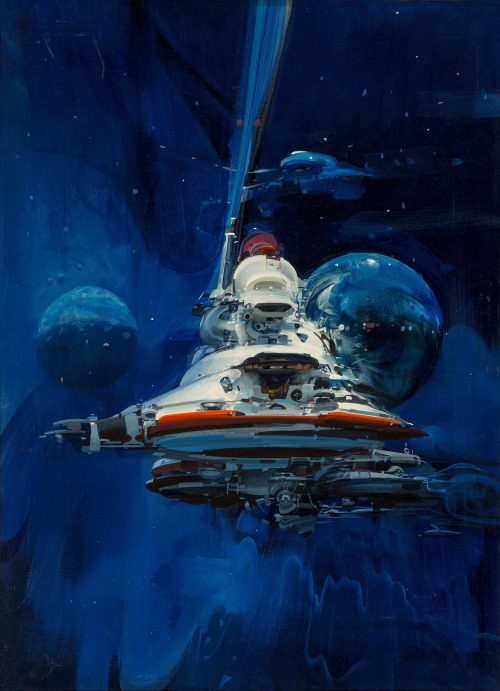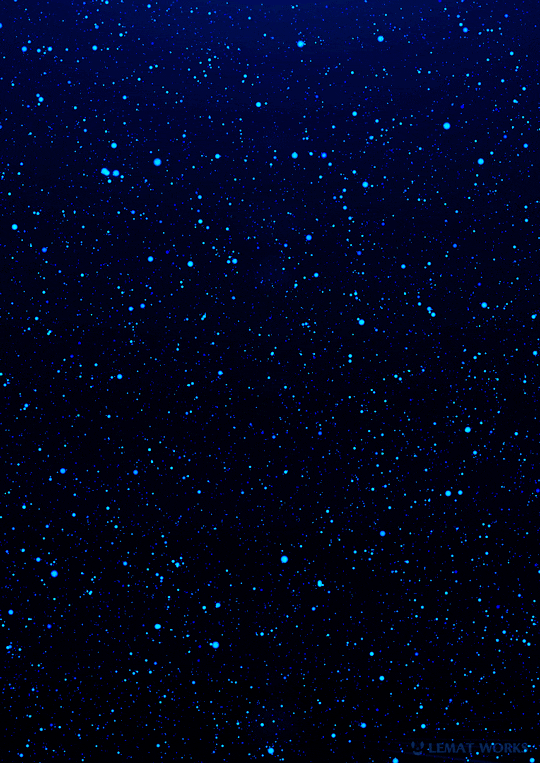August 20, 2001 – Beautiful Views Of The International Space Station, Observed From The Space Shuttle


August 20, 2001 – Beautiful views of the International Space Station, observed from the Space Shuttle Discovery after the spacecraft undocked from the orbital outpost. (NASA)
More Posts from Epic-flight and Others





Allegiance-class Star Destroyer - Ansel Hsiao

JOHN BERKEY Unknown Acrylic/Casein 29.5″ x 21.625

Cosmic Entity.
Twitter / Instagram / Gumroad / Patreon
KnownOrigin / SuperRare / OBJKT / Zedge

On My Way.
Twitter / Instagram / Gumroad / Patreon
KnownOrigin / SuperRare / Zedge

Produced by LEMAT WORKS
🔵 Deep Blue Purple Red Green Orange/ Twinkle Night3 2 17 27 29 / Prism Ocean / instagram / Behance (High Resolution) 🔵

The Avalon - Passengers
Chaos theory, the principles underpinning certain nonlinear equations, also requires us to adopt a probabilistic description of many natural phenomena. The sizes and orbital positions of the planets in our solar system, for example, depend sensitively on the starting condition for solar system formation. If we ran the creation experiment again with slightly different parameters, we would get a different collection of planets with different orbital characteristics. But the results are not purely random. If we produced thousands of solar systems, again with similar but not exactly the same starting conditions, we would obtain a well-defined distribution of planet properties and planetary orbits. Although we cannot make exact predictions for any particular experiment, in principle we can determine the odds of getting any one type of planet or solar system. This intricate interplay between chance and determinism occurs throughout our physical universe and can even be applied to the consideration of how, and in what form, life can evolve.
Fred Adams, ‘Origins Of Existence: How Life Emerged In The Universe’ (2002)

(via sagansense)

Me irl

The planet Earth, tweeted by astronaut Terry Virts.

Higher - Daniel Solovev
-
 giunmsit liked this · 4 years ago
giunmsit liked this · 4 years ago -
 epic-flight reblogged this · 4 years ago
epic-flight reblogged this · 4 years ago -
 v-file reblogged this · 7 years ago
v-file reblogged this · 7 years ago -
 trinidad-quan336 liked this · 9 years ago
trinidad-quan336 liked this · 9 years ago -
 robsonmaya liked this · 9 years ago
robsonmaya liked this · 9 years ago -
 grinch625 liked this · 9 years ago
grinch625 liked this · 9 years ago -
 the-nomadicone reblogged this · 9 years ago
the-nomadicone reblogged this · 9 years ago -
 yeahwellshithappens reblogged this · 9 years ago
yeahwellshithappens reblogged this · 9 years ago -
 the-angelic-witch reblogged this · 9 years ago
the-angelic-witch reblogged this · 9 years ago -
 hardcodeddead reblogged this · 9 years ago
hardcodeddead reblogged this · 9 years ago -
 latenightphilosopher reblogged this · 9 years ago
latenightphilosopher reblogged this · 9 years ago -
 gravidaderepulsiva reblogged this · 9 years ago
gravidaderepulsiva reblogged this · 9 years ago -
 shadypenguingalaxy liked this · 9 years ago
shadypenguingalaxy liked this · 9 years ago -
 ucamayantosba liked this · 9 years ago
ucamayantosba liked this · 9 years ago -
 due-lupi liked this · 9 years ago
due-lupi liked this · 9 years ago -
 pastel-is-my-aesthetic reblogged this · 9 years ago
pastel-is-my-aesthetic reblogged this · 9 years ago -
 thewebsurfingscientist reblogged this · 9 years ago
thewebsurfingscientist reblogged this · 9 years ago -
 runswithjava liked this · 9 years ago
runswithjava liked this · 9 years ago -
 n867sw reblogged this · 9 years ago
n867sw reblogged this · 9 years ago -
 n867sw liked this · 9 years ago
n867sw liked this · 9 years ago -
 hungovergrandmotherawarenessclub liked this · 9 years ago
hungovergrandmotherawarenessclub liked this · 9 years ago -
 peashooter85 liked this · 9 years ago
peashooter85 liked this · 9 years ago -
 cleveland169 liked this · 9 years ago
cleveland169 liked this · 9 years ago -
 pmiles liked this · 9 years ago
pmiles liked this · 9 years ago -
 subtle-chaos liked this · 9 years ago
subtle-chaos liked this · 9 years ago -
 subtle-chaos reblogged this · 9 years ago
subtle-chaos reblogged this · 9 years ago -
 pilottimes reblogged this · 9 years ago
pilottimes reblogged this · 9 years ago -
 pilottimes liked this · 9 years ago
pilottimes liked this · 9 years ago -
 theyrelivingindenialofscience reblogged this · 9 years ago
theyrelivingindenialofscience reblogged this · 9 years ago -
 ptsd-is-a-bitch liked this · 9 years ago
ptsd-is-a-bitch liked this · 9 years ago -
 blue2224 liked this · 9 years ago
blue2224 liked this · 9 years ago -
 mossyoak78552 liked this · 9 years ago
mossyoak78552 liked this · 9 years ago -
 aber-flyingtiger reblogged this · 9 years ago
aber-flyingtiger reblogged this · 9 years ago -
 aber-flyingtiger liked this · 9 years ago
aber-flyingtiger liked this · 9 years ago -
 teddyballgame69 liked this · 9 years ago
teddyballgame69 liked this · 9 years ago -
 thisfutureastronaut liked this · 9 years ago
thisfutureastronaut liked this · 9 years ago -
 thisfutureastronaut reblogged this · 9 years ago
thisfutureastronaut reblogged this · 9 years ago
